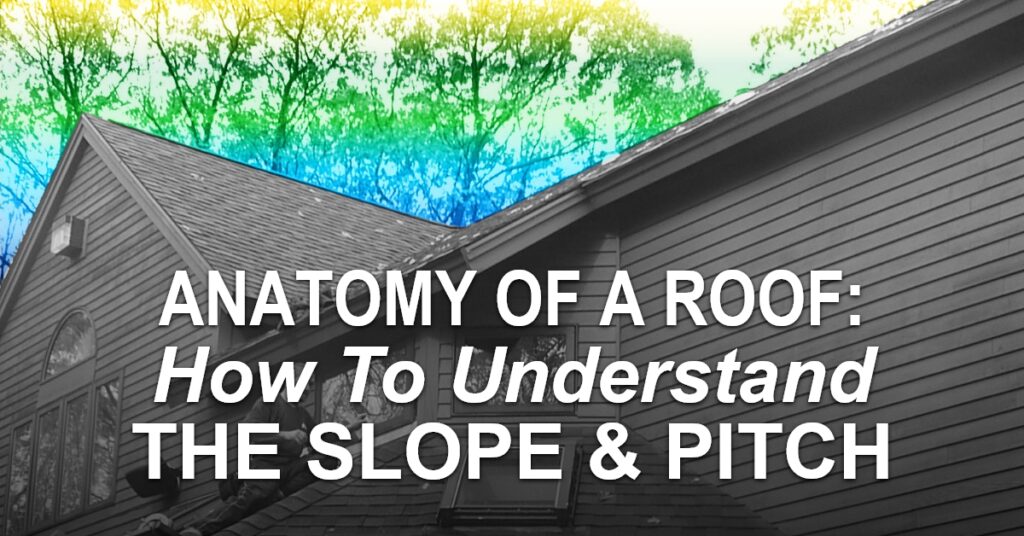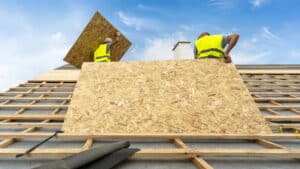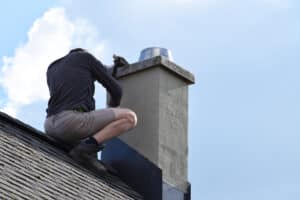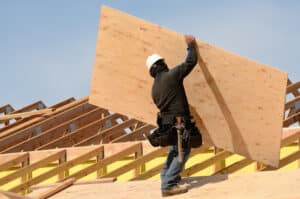The terms “roof slope” and “roof pitch” are often used interchangeably these days. While they both define how steep your roof is, how the steepness is calculated and presented is different. Knowing what they refer to is critical in a roof replacement project.
Calculation Definitions
Before we explain the difference between slope and pitch, it is critical to understand these terms:
- Edge: The edge of your roof is the lowest point, where your gutters are installed.
- Ridge: The highest point of your roof.
- Rise: This refers to the vertical change between the ridge and edge.
- Run: This is the horizontal change between the ridge and the edge.
- Span: The edge-to-edge measurement of your roof.
Calculating Roof Slope
The slope is the measurement of how quickly the rise to the run. It is expressed as a ratio of inches per foot. For example, when a roof rises 6 inches for every 12 inches of run, it has a 6:12 slope. Typically, roofs are called steep slope (10/12 and up), standard slope (3:12 through 9:12), flat (0:12), or low slope (1:12 and 2:12).
Calculating Roof Pitch
Pitch compares the span to the rise. It is expressed numerically as a fraction. To calculate it, you simply divide the rise by the span. For example, a roof with a rise of 4 feet and a span of 24 feet has a pitch of 1 to 6, expressed as 1/6. A roof with a slope of 8 over 12 (2/3) is steeper than a roof with a 4 over 12 (1/3) pitch.
How Slope Affects A Roof Replacement
The slope of the roof is a crucial component of the roofing system:
- Protects against the elements: The slope of a roof allows rain and snow run-off. It helps prevent water from pooling or snow from accumulating on the roof surface, reducing the risk of leaks or even collapse.
- Determines material choice: The steepness of your roof will play a role in determining the type of roofing material you can or cannot use.
- Determines safety: The safety requirements for working on a roof go up the steeper the roof is.
- Curb appeal: The slope also enhances the style of the roof and the aesthetics.
Adam Vaillancourt Roofing is your residential roofer of choice if your home is in Northern Massachusetts and the Southern New Hampshire area. We offer expert roofing services and use the best product. Contact us today to learn more about your roofing system or request a free inspection.




